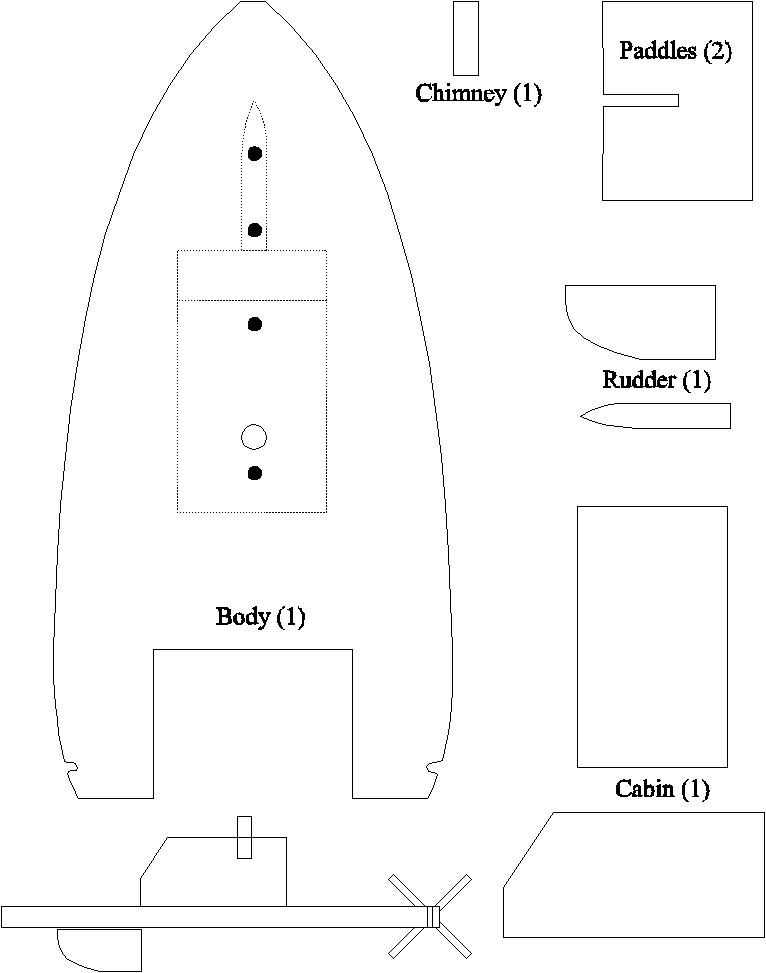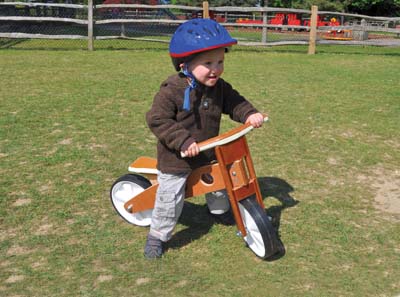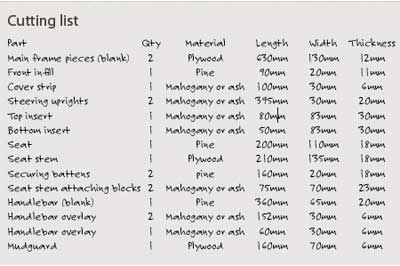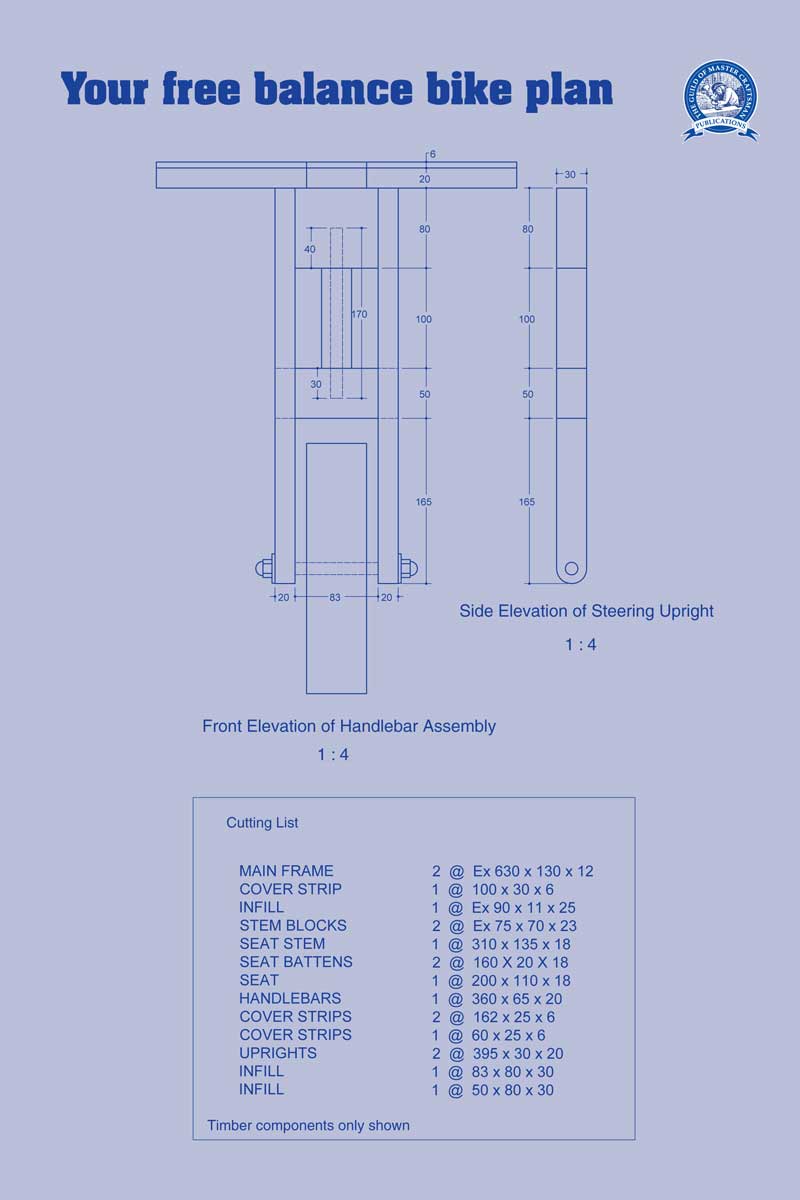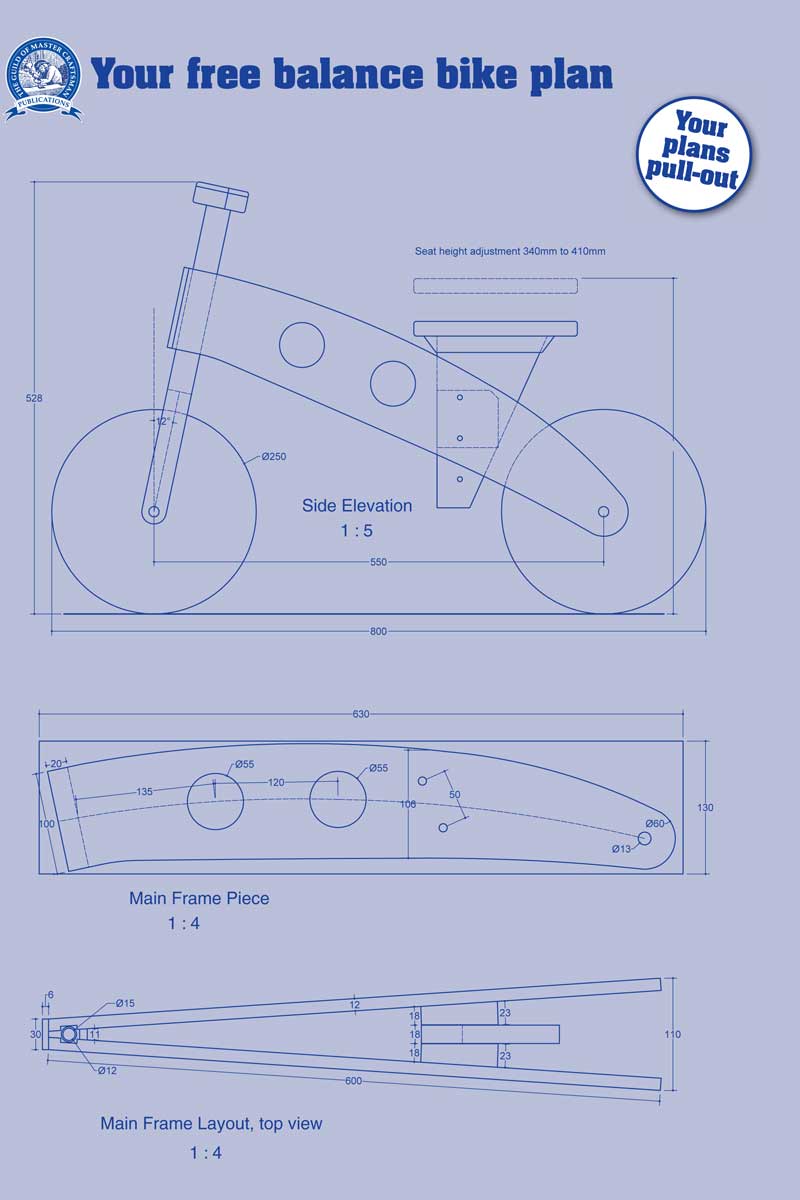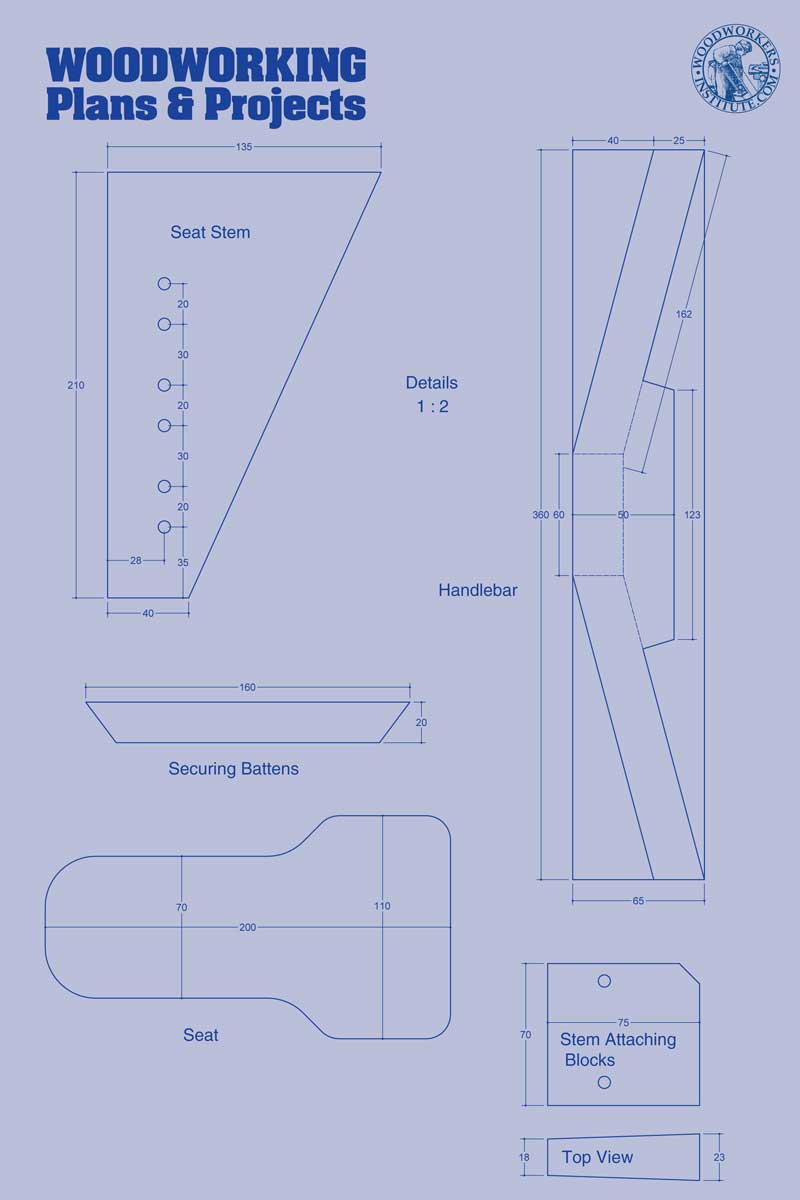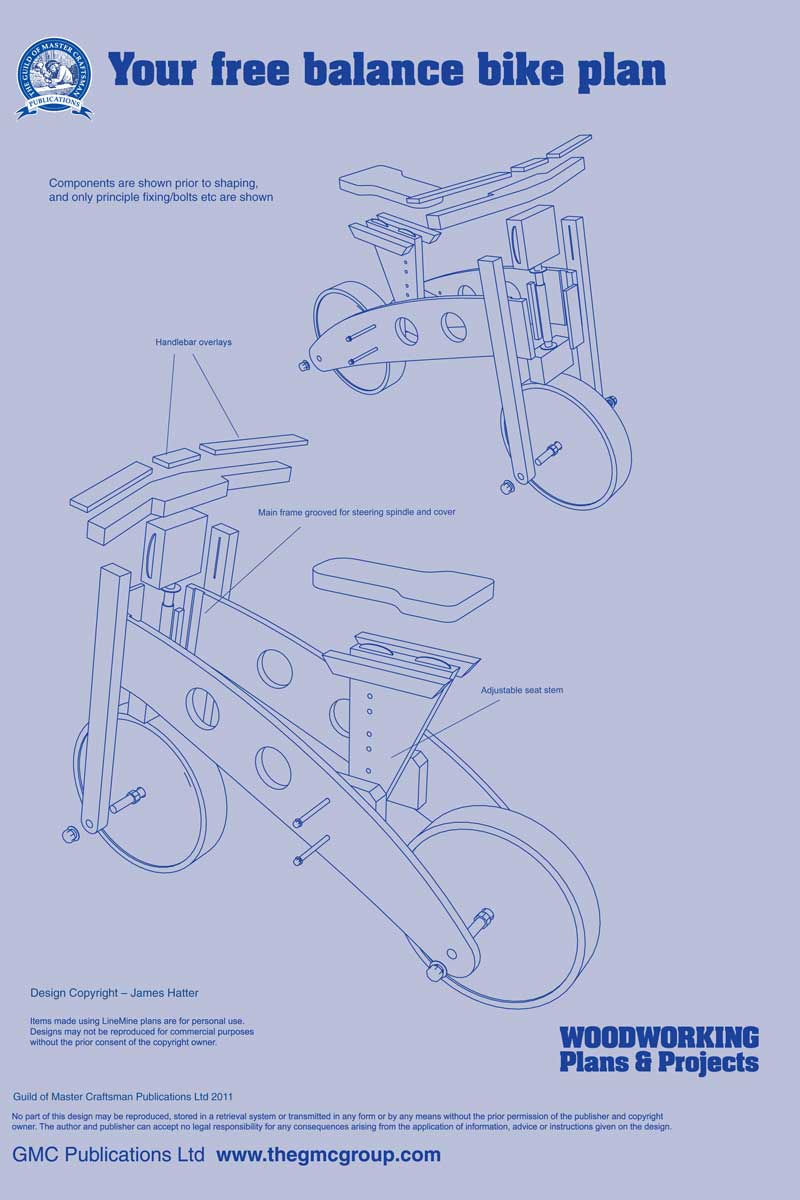This sewing pattern shows you how to make a teddy bear using a recycled sweat shirt or pullover.
Prepare your sweater by cutting the seems to create a single layer of fabric.
Cut out each pattern piece and lay it down onto your sweater. Cut out each piece. Sew the body first. Sew the bottom darts on both sides then sew the two pieces together. Leave an opening at the top for filling the body.
Legs
Sew two pieces together and leave an opening at the top above the fold , for filling, sew the foot pad into place
.
Arms
Sew the two pieces together, leave an opening at the top back edge for filling.
Ears
Sew the two pieces together and leave an opening at the bottom, turn them and sew the bottom by hand.
Head
Sew Gusset to one side of the head, the rounded end goes to the nose, it may be easier if you pin this in place so you get both sides the same.
Before you fill the head, clip 2 teddy bear safety eyes into place. They should be positioned at the beginning of the snout.
Fill and place ears into position, attach to the head with a blanket stitch, making sure they are secure.
Fill all remaining parts, sew up openings and attach to the body each part with strong cotton and a button for a joint effect.














